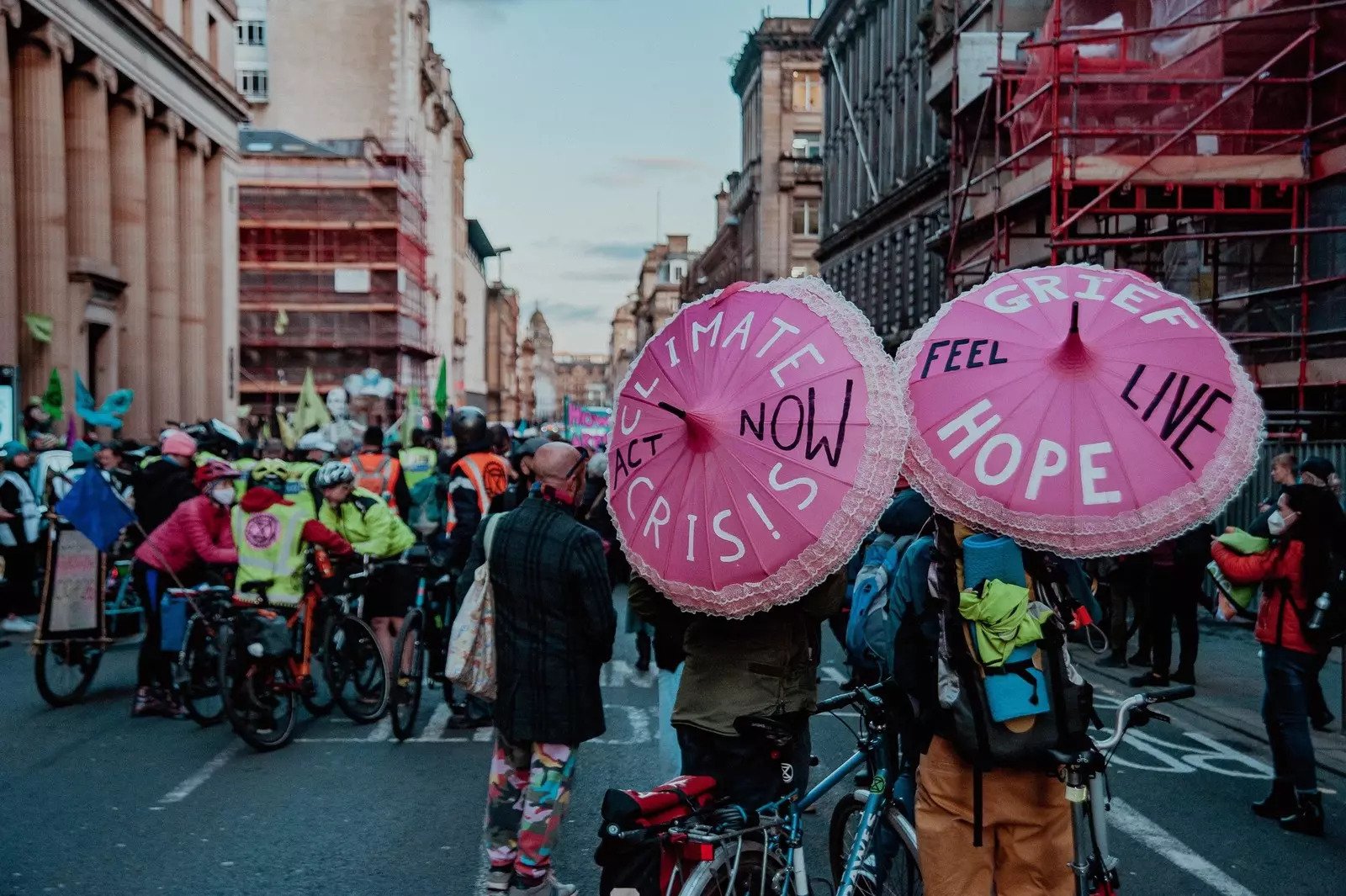The World Economy Is Stumbling Toward Disaster
If a new recession strikes, the Trump administration will get — and deserve — much of the blame.
The world’s finance ministers and central-bank governors gathered this past weekend in Washington and looked out at a global economy badly in need of treatment. Most say they understand the dangers, but that seems open to question. With the facts in plain sight and the need for policy changes all too apparent, they’ve shown little sense of urgency, and even less sign of action. Prodded by an unhinged U.S. administration, the world could be stumbling into the next global recession.
The International Monetary Fund has lowered its growth forecasts yet again. Global output is projected to rise by just 3% this year (down from the 3.3% predicted in the spring) and by a still-sluggish 3.4% (down from 3.6%) in 2020. Economic momentum is fading almost everywhere — the IMF calls it a “synchronized slowdown.” The revised outlook is already the weakest since the crash 10 years ago, and the risks in the forecast are very much, as economists say, to the downside.
This would be concerning under any circumstances, but the prospect of recession under current conditions is truly alarming. The hesitant recovery of the past decade has depleted the conventional tools of macroeconomic policy. In many countries — not least the U.S. — fiscal stimulus and persistent budget deficits have boosted ratios of public debt to national income. Next time, governments will be reluctant to lean as heavily on extra public borrowing to raise demand, rightly or wrongly fearing lack of fiscal space. Monetary policy is all but exhausted too, with interest rates either close to their effective lower bound (as in the U.S.) or slammed down against it (as in the European Union).
Another legacy of that previous recession, and the extraordinary measures taken to contain it, is heightened financial fragility. With abundant quantitative easing and super-low interest rates, financial conditions have been kept loose to support asset prices, press down on yields and strengthen demand. The measures were necessary, but the result is outlandish asset valuations and heightened credit risk. Recklessly inflated house prices were a main cause of the crash; in many countries, they’ve soared again on the back of cheap credit. Banks have added capital since 2009, but not enough to make them safe in another big downturn. The notorious “doom loop” of risky sovereign debt and bank insolvency — recognized as a major risk after 2008 — remains substantially unaddressed in Italy and other countries.
With all these vulnerabilities to the fore, and with few if any policy options for dealing with the crash they might cause, U.S. President Donald Trump chose to embark on his trade war with China, and threatened any other country that caught his attention with the same. This astounding recklessness, unaccountably tolerated by Congress, has already caused enormous economic damage, not least in the U.S. Should the synchronized slowdown become an outright worldwide recession, the U.S. government will get, and deserve, much of the blame.
But the responsibility goes wider. Other countries could be doing far more to guard against these heightened risks.
China, for instance, has been too slow to address its financial imbalances. No doubt, Trump’s trade war has made this harder, but the Beijing government has made little progress in repairing its credit-allocation system. Under pressure, the resulting financial vulnerabilities could surface abruptly, with consequences not just for China. The U.K. has lately seemed intent on wrecking its economy and system of government in pursuit of Brexit. The EU has had years to equip the euro area with two basic necessities of a single-currency area — a common budget to mitigate recessions and a functioning banking union — and has provided neither. In every part of the world, governments have dithered over reforms that would make their economies more productive and robust. With risks mounting almost wherever you look, political dysfunction has conspired to make things worse.
Given the will, all of these problems are fixable. Some, to be sure, could be solved at a stroke. The risks posed by Trump’s trade wars, for instance, would evaporate if he merely refrained from stirring pointless conflict. Others are much more complex. Reducing fragility requires smarter regulation, to recognize the risks that arise from constantly evolving financial systems. Reviving macroeconomic policy in a world of persistently low interest rates demands fresh thinking on both monetary and fiscal fronts. Answers will be found and are starting to emerge, but governments should step up the pace.
These questions can’t wait any longer. The world economy is at a dangerous juncture, and stands desperately in need of wiser and more effective leadership. Until it gets some, the risks are unlikely to subside.






